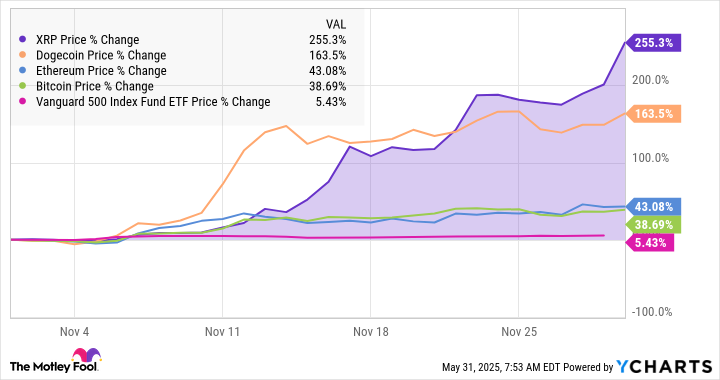Justin Pope, The Motley Fool
5 min read
In This Article:
-
If you invest a portion of your paycheck each week, you're dollar-cost averaging.
-
Staying the course can help you bounce back from bear markets sooner.
-
As tempting as it is to try to buy at the ideal moments, it doesn't matter much over the long term.
Most individual investors build their portfolios gradually over time, often investing a portion of each paycheck.
You might not associate a name with it, but making gradual, routine investments over time is a strategy known as dollar-cost averaging. It feels good to invest when stock prices keep going up, but stick around the stock market long enough, and the pendulum will swing the other way.
Advertisement: High Yield Savings Offers
Powered by Money.com - Yahoo may earn commission from the links above.Stock prices do go down, and bear markets occur when the market declines 20% or more from its high. It's not fun, but it's normal. But bear markets can evoke negative emotions, such as fear and stress, and may prompt people to stop buying or sell and withdraw from the market altogether.
But what happens if you stay the course, endure the pain, and keep investing through bear markets? Here is what history says.
The stock market cycles between bull markets and bear markets.
Historical data for the S&P 500 index (SNPINDEX: ^GSPC) says that the typical bull market is approximately 3.5 years long and gains over 100% returns on average. On the other hand, bear markets typically average a 35% decline from highs but last under 10 months.
People often have short memories and emphasize the most recent data. By the end of a bull market, it can feel like stocks only go up. The sudden and sharp decline of a bear market can be a shock to the system.
Analysis of historical market declines demonstrates how dollar-cost averaging through them can minimize the damage and help your portfolio recover sooner.
The bear market following the dot-com bubble in the early 2000s was one of the worst downturns in recent history. Morningstar modeled how an investor who dollar-cost averaged into the S&P 500 would have fared from March 2000 to October 2022 compared to someone who made an initial lump sum investment.
The data showed that dollar-cost averaging limited losses to just 1.75%, while the lump-sum investor suffered annualized losses of 13.84% during that time.
The bear market during the 2008 financial crisis was another brutal stretch for investors. However, those who dollar-cost averaged recovered from it sooner. A Fidelity study determined that a hypothetical portfolio of 70% stocks and 30% bonds would have returned to its former highs in 52 months.













